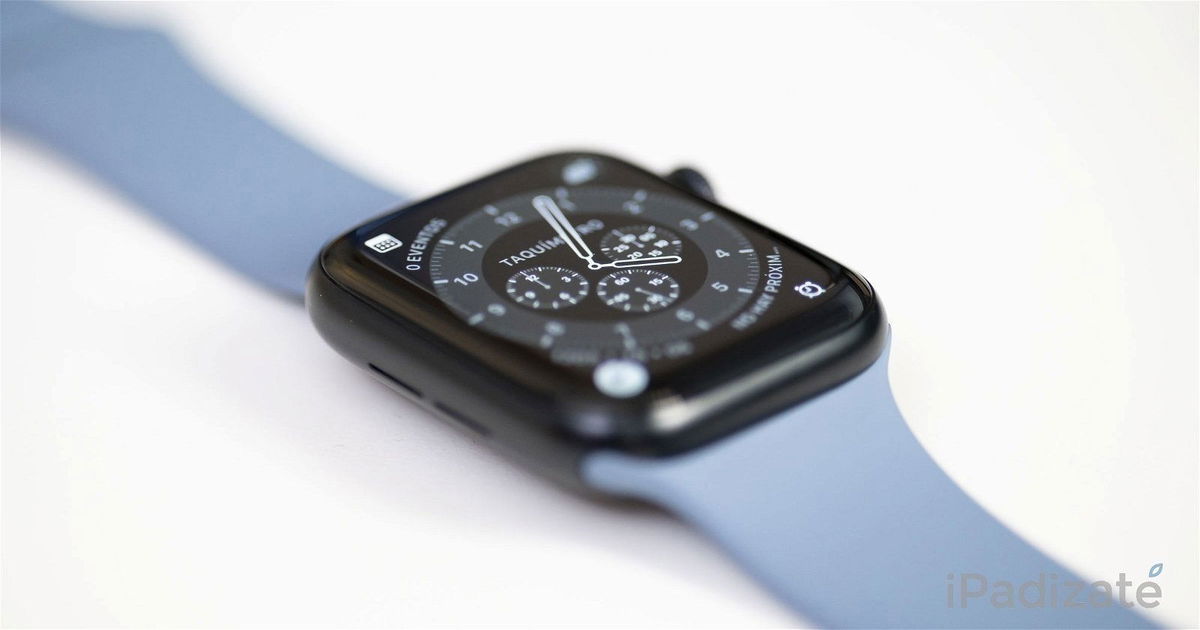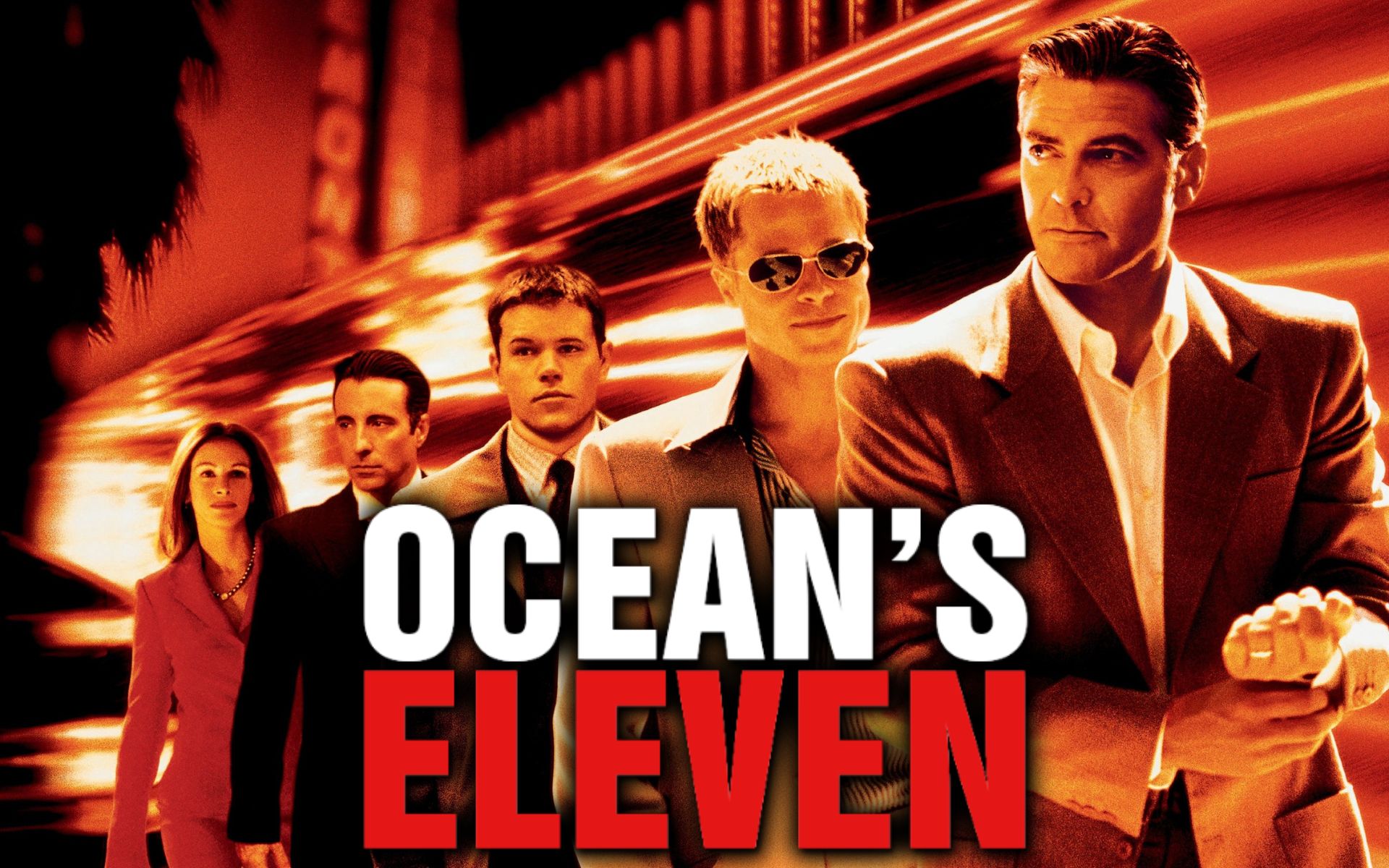Another $200 million was spent on the $800 million OSIRIS-REx spacecraft built by NASA, the launch of the $183.5 million Atlas V rocket, and operations. Overall, NASA invested a lot of money into returning this sample.
But size isn’t everything. This payload is 20 times larger than previous asteroid samples sent to Earth and provides scientists with rich material to study the origins of life and the early solar system. Even very small amounts can be incredibly interesting when analyzed with modern tools such as electron microscopes.
This is also twice the minimum mission requirement of 60 grams, confirming the unqualified success of OSIRIS-REx. Although engineers encountered delays in opening the sample container due to stubborn connections, the tiny treasure was eventually revealed.
Now the world’s best scientists are eagerly waiting for their turn. More than 200 researchers from institutions including NASA, JAXA and CSA will analyze the properties of Bennu’s regolith, but 70% of the material will be reserved for future research.
Source: Ferra
I am a professional journalist and content creator with extensive experience writing for news websites. I currently work as an author at Gadget Onus, where I specialize in covering hot news topics. My written pieces have been published on some of the biggest media outlets around the world, including The Guardian and BBC News.










